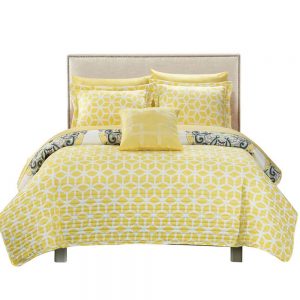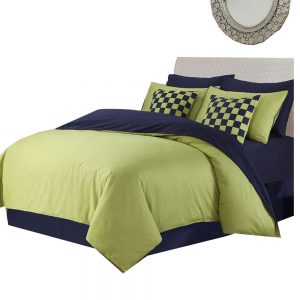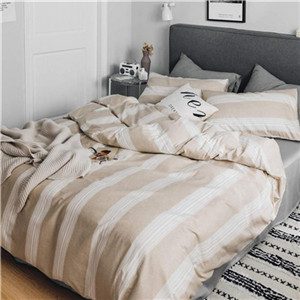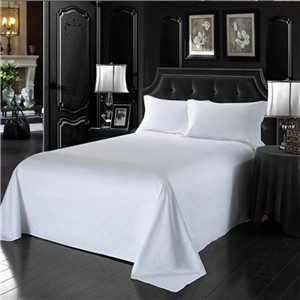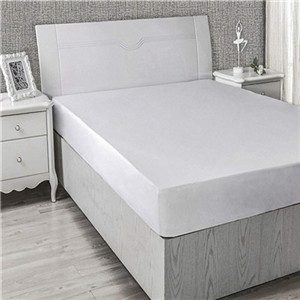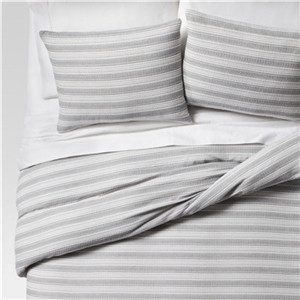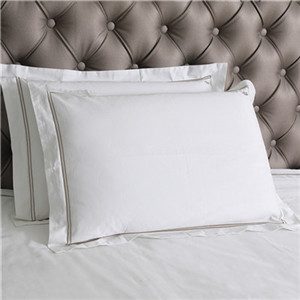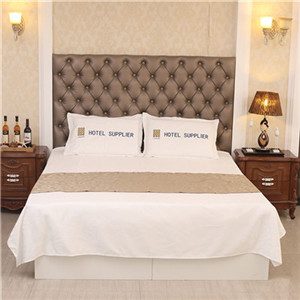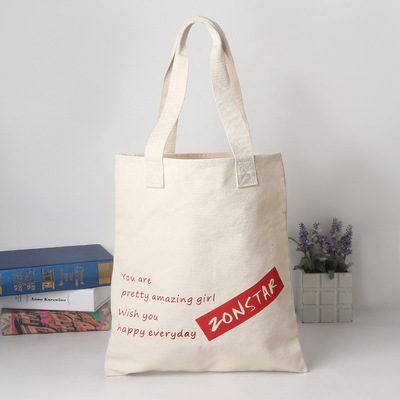1. Product design
(1) Raw material composition
Raw material: ultra-fine denier low-strength hollow poly-a fiber; long-staple cotton.
(2) Weaving process
Through the design of sizing process and organizational structure, weave 40sX40s 133X100 plain weave and 40sX40s 140X90 twill fabrics, and test the removal of the finished product to install a small pillow, which is better to install a small pillow.
(3) Process flow
De-boiling and bleaching, drying, shaping (150℃, low tension in weft direction)
Under the simultaneous action of high temperature and high tension, the pores of the hollow fiber will be deformed, so that the hollow fiber loses the performance of high hollowness and reduces the quick-drying performance;
Under the action of high temperature and low tension or low temperature and high tension, although the properties of hollow fibers can be guaranteed, the fabric width processing coefficient is larger or the dimensional stability of the use process decreases.
2. Test results
Using the qualitative analysis method, the above fabrics are better than similar cotton products. A small pillow is better. A small pillow is better. Its softness is obviously reduced. It does not meet the expectations of ultra-fine hollow fibers in the softness index. It may be because of woven fabrics. The yarn twist, warp and weft density of the fabric is high, and there are many interweaving points, resulting in a tight fabric structure, which limits the display of its performance.
